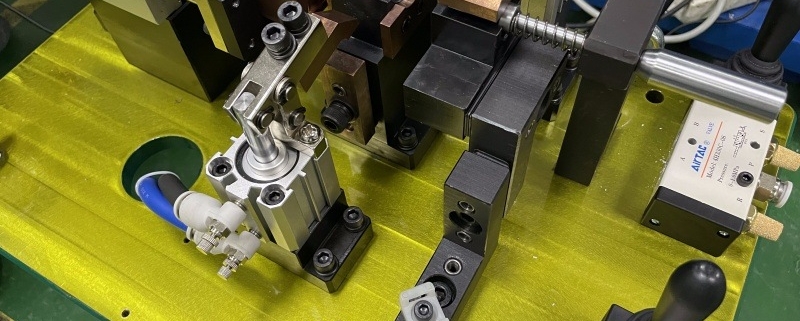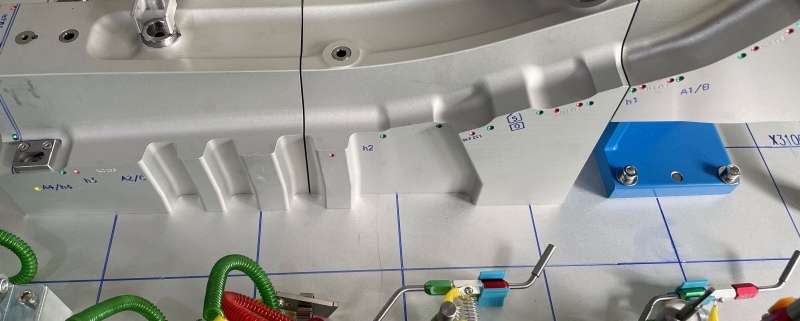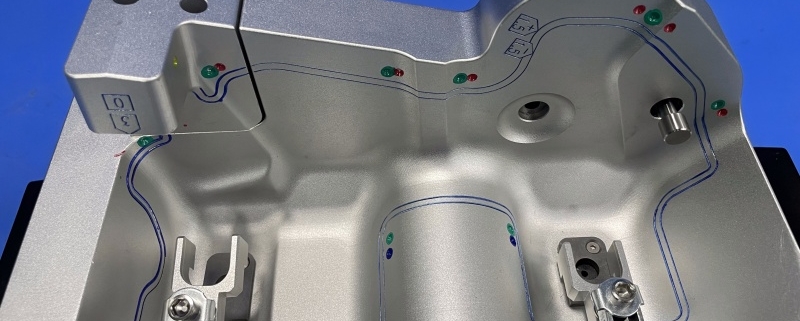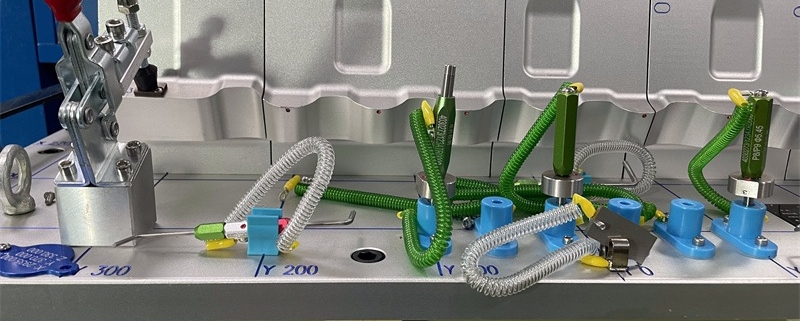Introduction
In automotive manufacturing, component precision directly affects vehicle safety and performance. Traditional methods struggle with three critical challenges:
- Complex curved surfaces challenging for rapid measurement
- Manual inspections prone to human error and inefficiency
- Stringent tolerances driving up rework expenses
Advanced checking fixtures solve these issues through:
✅ Modular, adaptable designs
✅ Digital integration capabilities
✅ Strict GD&T (Geometric Dimensioning & Tolerancing) compliance
Quality Challenges in Automotive Manufacturing
Automotive production requires micron-level accuracy—a 0.1mm deviation can compromise safety. While manual measurements risk inconsistencies, precision inspection fixtures:
- Deliver ±0.005mm repeatability
- Cut inspection time by 50-70%
- Ensure full IATF 16949/ISO 9001 traceability
Core Advantages of Automotive Checking Fixtures
✅ Sub-Micron Accuracy
- Adapt to complex geometries (body panels, engine blocks)
- Compatible with CMM calibration and 3D scanning
- Generate ISO-certified inspection reports
✅ Production Line Optimization
- Reduce first-article inspection (FAI) time by 40%
- Slash rework costs via early defect detection
- Support high-volume batch testing
✅ Error-Proof Workflows
Eliminate manual data entry errors
Standardize operator procedures across shifts
Enable cloud-based data archiving
Automotive Applications
🔧 Body-in-White Inspection
- Validate door/window alignment gaps (≤±0.2mm)
- Detect stamping deformations in hoods/fenders
⚙️ Powertrain Quality Control
- Verify engine block bore concentricity
- Ensure transmission housing flatness (≤0.01mm/m²)
🔩 Chassis Component Validation
- Check suspension mounting hole positions
- Monitor welding seam consistency
Selecting the Right Fixture: 3 Key Factors
✅Custom Engineering
- Designed from 3D CAD models
- Material options: Aircraft-grade aluminum/Stainless steel
✅ Smart Integration
- Compatible with CMMs/laser trackers/vision systems
- Optional IoT-enabled real-time monitoring
✅Certified Compliance
- Meets VDA 6.3/AIAG CQI-15 standards
- Includes NIST-traceable calibration certificates






